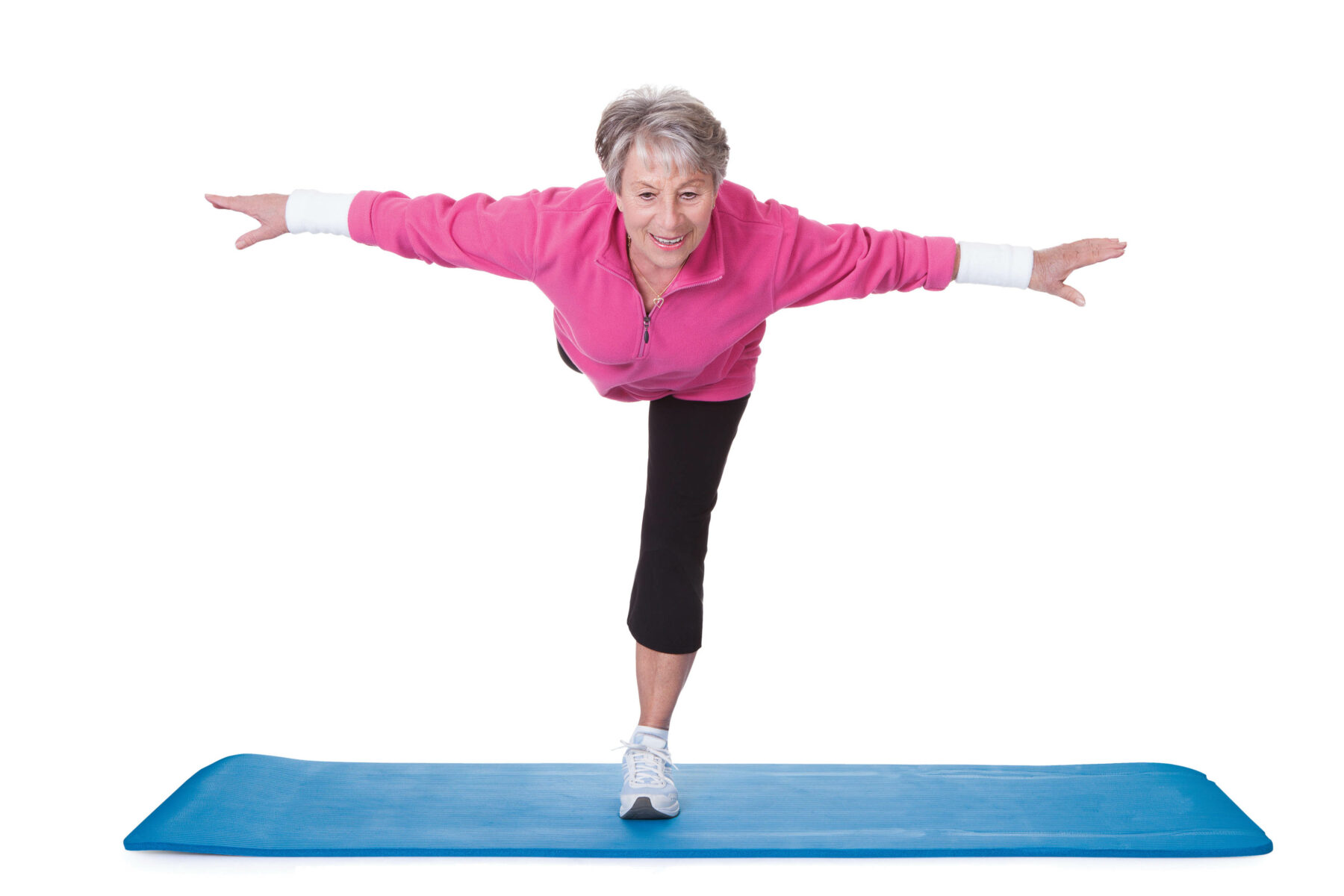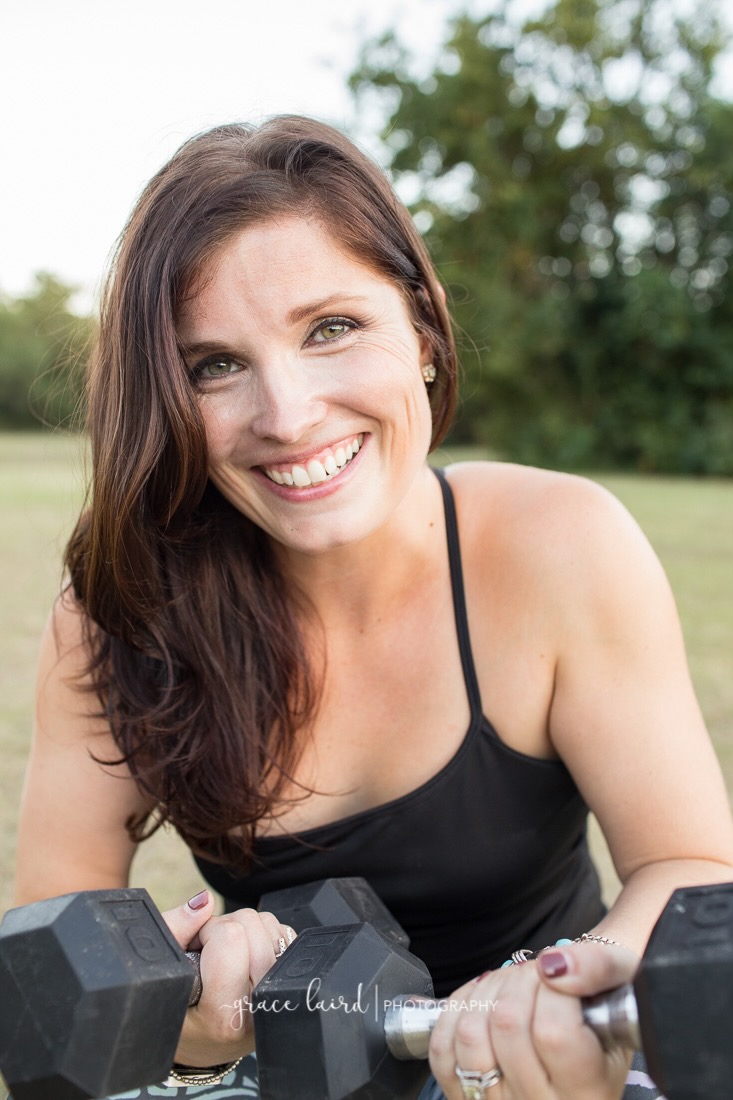Why Seniors Should Consider Balance Training

One of the fears many of us have is getting the phone call that one of our older loved ones has fallen — and this fear is well-earned.
The Centers for Disease Control and Prevention (CDC) reports that 36 million falls are reported annually among the older population, those older than 65, with 32,000 resulting in death. As we age, our bodies change. Over time, our metabolism starts to slow, our cognition changes, our bones begin to degenerate and our sensory capabilities decrease, which directly impacts how steady we are in the world.
With vision declining and vestibular capabilities compromised, balance and stability are often serious challenges among the aging population. Dizziness can also throw people off their balance and is often the result of multiple medications, such as antihypertensive, antidepressants and tranquilizers, leading to more falls and a lack of confidence in movement.
Aging is a big unknown that comes for us all, and there is no way to know when or how it will start to creep into our lives. One thing we know for sure is that lifelong good and bad habits, the environment, and genetics will all play a role in how we age. And though we do not have much control over the environment or our genetics, our habits are something we can take action with.
Mind Over Matter
The CDC says that only four in 10 senior adults in the U.S. currently do any kind of intentional balance training, leaving room for improvement.
Without an effective and safe program in place, a fall for an older person could be devastating. Whether it’s playing with grandchildren, simply taking a walk or reaching for something on a high shelf, any simple action could easily challenge the center of gravity for someone in our older population. However, these quality-of-life activities are important for overall well-being, and being able to participate in them without injury should be a priority, much like getting up and down off the floor.

Oftentimes, the fear of falling will often lead to a fall itself, with or without a history of imbalances, according to the authors of a 2015 study published in the National Library of Medicine. The report says that multitasking will increase the fall risk even more for both healthy older adults and those with balance issues.
The key is to help older adults feel more confident in their stability, and the means of accomplishing this is balance training.
Balance work can be divided into static and dynamic work — static, meaning the ability to hold steady; and dynamic, meaning the ability to remain steady when posture has been thrown off. Exercises such as chair sits/stands, heel walking, stair climbing and one-leg balance holds should be included. Adding in a BOSU ball will change the base of support and push the client to progress in their balance work. According to a presentation put together by Carol Sames, Ph.D. of Upstate Medical University, the training needs to offer a moderate to high balance challenge in order for it to be effective.
Find Balance Now
The good news is that research is pointing to improvements in balance with consistent exercise and the earlier we start, the better. According to the International Sports Science Association (ISSA), training for balance will increase neuromuscular control, proprioception, posture and overall joint control.
To help prevent falls that could result in serious injuries like a broken hip or head injury, the World Health Organization (WHO) recommends varying multi-component physical activity that should emphasize both function balance training as well as strength training. This training should be moderate or at a greater intensity and must be done at least three days each week in order to improve one’s functional capacity and help prevent falls in older adults. Yoga and dance have also proven to be beneficial.
The benefits speak for themselves; moving more and moving in a varied way provides benefits that take us through all stages of life.
About the Author

Emma Aguirre’s training career began with spinning almost 20 years ago in a small women-only gym in South Texas. After a career in journalism, Aguirre switched to fitness full time, certifying in Practical Pilates, TRX and Jillian Micheals BodyShred program. She’s also qualified as an AFAA Group Fitness professional and holds several personal trainer certificates as well as Precision Nutrition’s Level 1 certification. She’s currently becoming certified as an International Sports Sciences Association master trainer and spends her days coaching clients online as a Personal Health Advisor at Austin’s Wellthy Soul.






